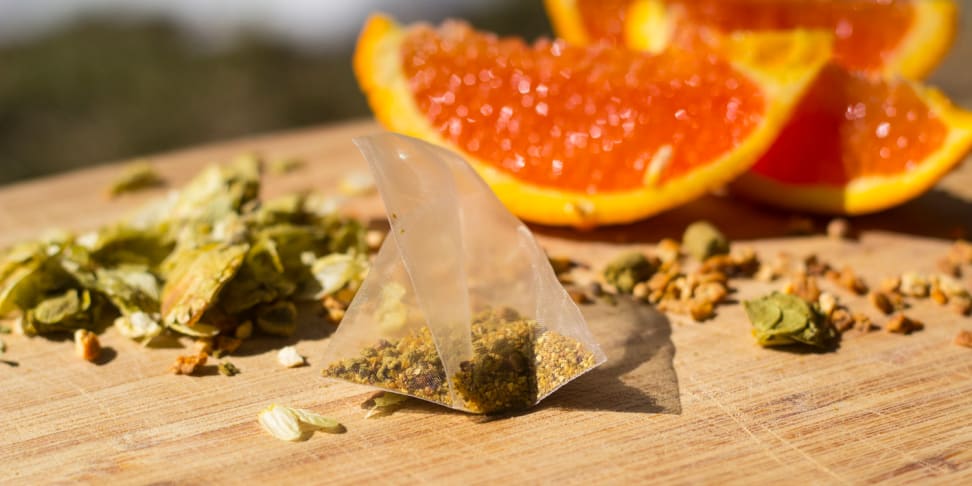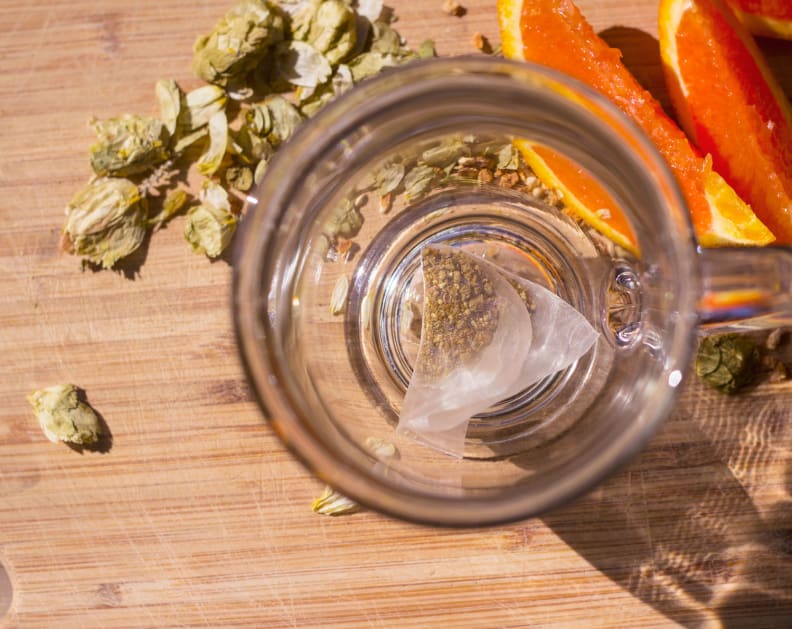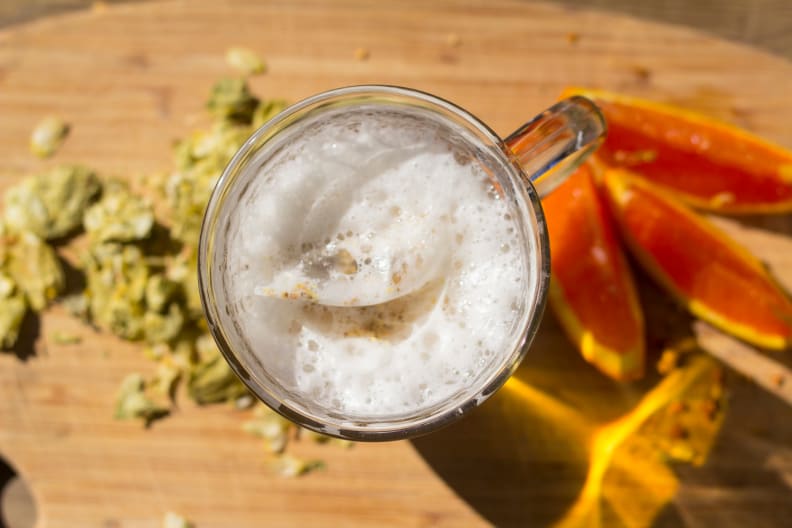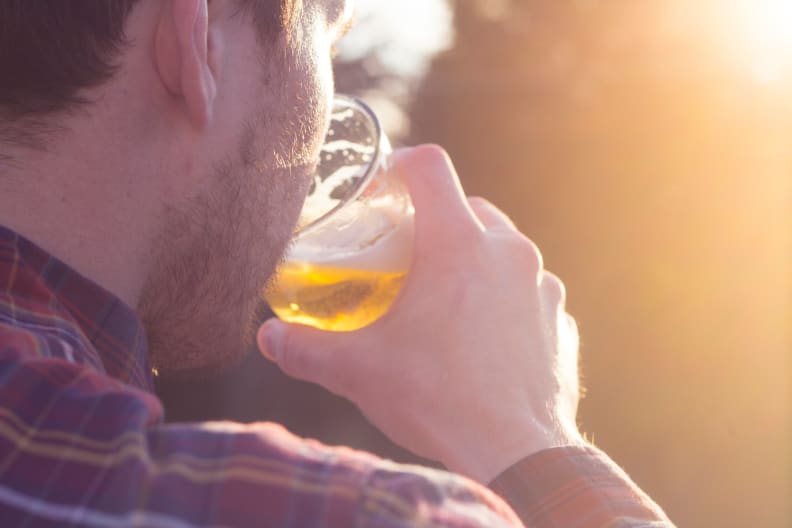 Credit:
Hop Theory
Credit:
Hop Theory
Recommendations are independently chosen by Reviewed's editors. Purchases made through the links below may earn us and our publishing partners a commission.
Entrepreneur Bobby Gattuso believes beer drinkers shouldn't be limited by the choices on tap or at their local liquor store. That's why he launched Hop Theory, a startup that aims to "bring brewing to the bar" with a lineup of teabag-like sachets.
The idea is simple: Steep the spice mix of your choice in your pint to release a variety of flavors.
But does it sound a little too good to be true? Though Gattuso's Kickstarter campaign has nearly met its $25,000 goal with two weeks to go, we remain unconvinced the product can do what it sets out to.
Why? Well, it has to do with the science of brewing beer.
It's true that brewers often add hops to a beer after the initial fermentation—it's a process known as "dry hopping." But since hops have to be boiled in order to release their bittering oils, dry hopping only really affects the beer's aroma. What's more, the dry hopping process typically takes several days, and in some cases, more than a week. A pint glass contains a lot less ale than a brewery-grade fermentor, but proper dry hopping still takes time.

Of course, Hop Theory's sachets contain more than just hops. Will coriander, tiny pieces of orange peel, and other ingredients steep more effectively? Perhaps, but you're also fighting another factor: If the beer is served cold (likely), the low temps will inhibit uptake of all flavors, from hops to herbs to chocolate.
Then there's the issue of carbonation.
Aficionados may be aware of the Randall, a device created by Dogfish Head founder Sam Calagione. It runs draft beer through a chamber that can be filled with hops, spices, and other goodies. The beer comes into contact with these ingredients, and in theory (heh), their flavor is passed on to the beer.

The sachet itself will likely create an abundance of foam, leaving your beer flat.
The problem with the Randall—and, for that matter, crude Randall alternatives—is that it also introduces "nucleation sites" to the beer. You may not know this term, but you've probably seen them in action: trails of bubbles rising up from isolated areas in a beer glass.
{{amazon name="Corkcicle Chillsner Beer Chiller, 2-Pack", asin="B00B5EDXMM", align="right"}} Nucleation sites are pieces of dust, ridges in the glass, and other imperfections along an otherwise smooth surface. It's the reason beer tends to foam up more in a plastic cup than in a pint glass. Now imagine how many of these imperfections there are in a teabag-sized sachet. What you'll likely end up with is a beer that foams up in a hurry and loses its carbonated "bite" just as quickly. And flat beer, my friends, is not a good time.
Still, science is only as good as the testing that backs it up, and the bottom line is that we haven't had an opportunity to try Hop Theory just yet. And regardless of our doubts, there does seem to be demand for this kind of product.
Drinkers who are consistently let down by the flavor of low-calorie light beer might be looking for something, anything, to boost the flavor of their swill of choice. Those who suffer from celiac disease may also be open to something that adds flavor to their gluten-free brew. And for those just getting into craft beer, Hop Theory could be the gateway to more exciting flavor profiles.
First things first, though: Hop Theory has to work. For now, it's just a theory.

Related Video
{{brightcove '3327470749001'}}

